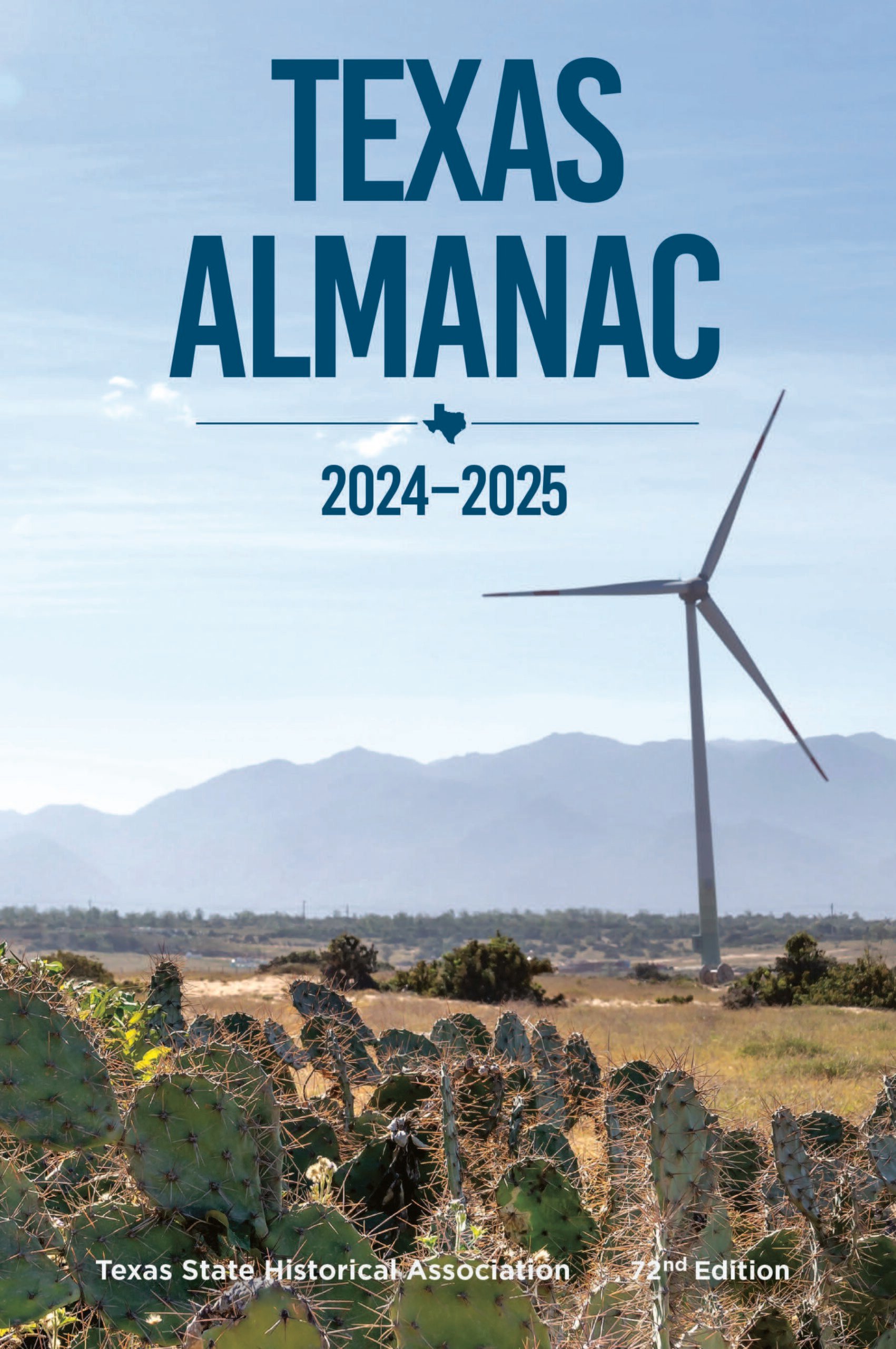Camp San Saba
Camp San Saba is on Farm Road 1955 and the San Saba River ten miles southeast of Brady in southeastern McCulloch County. The settlers, who in the early 1860s built the community known as Camp San Saba, were not the first to occupy the region. John O. Meusebach met with a council of Comanches in 1847 near the present townsite. A group of Texas Rangers was stationed in the area in the mid-1850s to protect settlers from Indian attacks. The community supposedly took its name from this ranger camp. Confederate troops protected the settlers during the Civil War. Camp San Saba was the principal settlement in McCulloch County until Brady became the county seat in 1876. A post office opened in Camp San Saba in 1876. In 1884 the community had three churches, a district school, three stores, and a population of 250. Area residents shipped wool and livestock. When the coming of the railroad increased Brady's importance as a shipping point in 1904, Camp San Saba began a steady decline. The post office was discontinued after the 1930s. The population of Camp San Saba was 180 in 1925, fifty in 1939, and thirty-six in 1990 and again in 2000.
Vivian Elizabeth Smyrl | © TSHA

Adapted from the official Handbook of Texas, a state encyclopedia developed by Texas State Historical Association (TSHA). It is an authoritative source of trusted historical records.

- ✅ Adoption Status:
Belongs to
Camp San Saba is part of or belongs to the following places:
Currently Exists
Yes
Place type
Camp San Saba is classified as a Town
Location
Latitude: 30.99544860Longitude: -99.25505440
Has Post Office
No
Is Incorporated
No
Population Count, 2009
36

